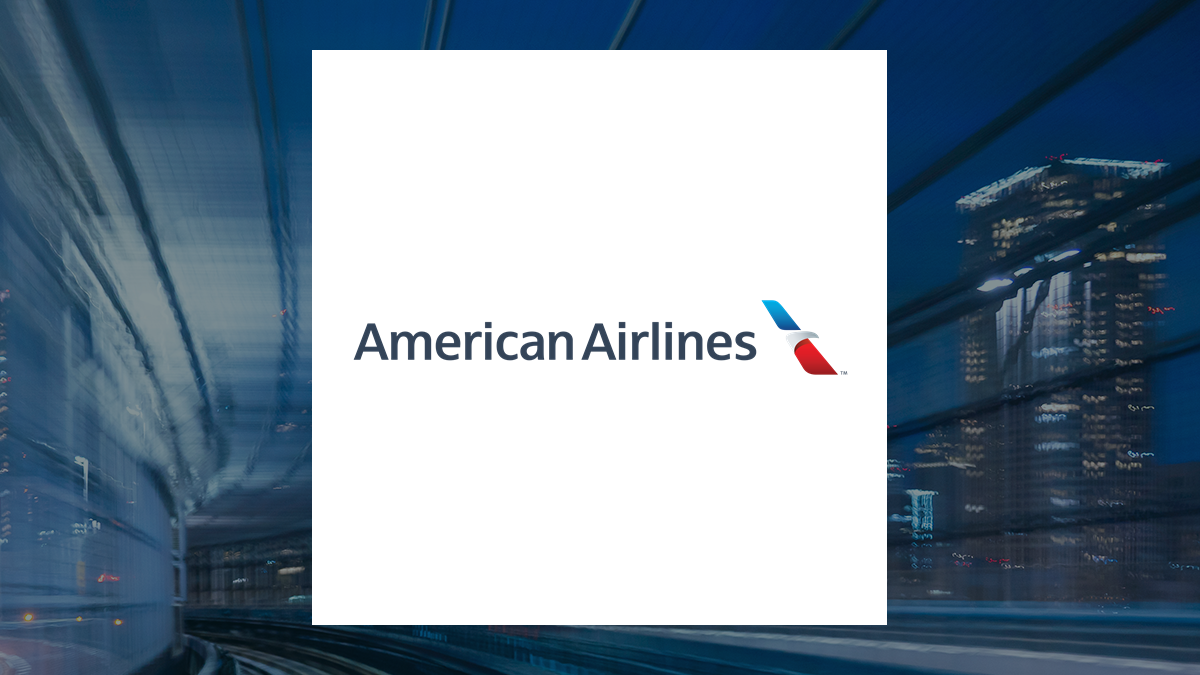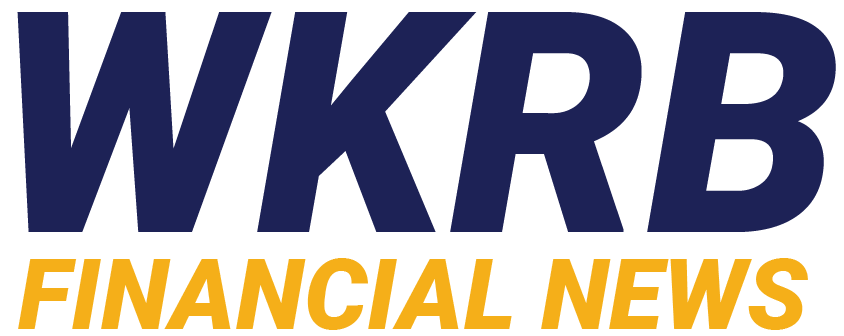 American Airlines has seen growth in passenger revenue, driven by loyalty programs. Operating expenses increased due to higher flight costs. Management focuses on data privacy and cybersecurity measures to mitigate risks. Key performance indicators include economic conditions and market share fluctuations. External risks like economic downturns and legal issues are managed through compliance and caution in financial statements. Governance practices address sustainability and climate change impacts. Forward guidance aligns with strategic initiatives, emphasizing economic conditions and financing needs for operational success. The company’s inclusion in market indexes shows commitment to long-term growth.
American Airlines has seen growth in passenger revenue, driven by loyalty programs. Operating expenses increased due to higher flight costs. Management focuses on data privacy and cybersecurity measures to mitigate risks. Key performance indicators include economic conditions and market share fluctuations. External risks like economic downturns and legal issues are managed through compliance and caution in financial statements. Governance practices address sustainability and climate change impacts. Forward guidance aligns with strategic initiatives, emphasizing economic conditions and financing needs for operational success. The company’s inclusion in market indexes shows commitment to long-term growth.
Executive Summary
Financials
American’s passenger revenue has shown consistent growth over the past three years. This growth is primarily driven by loyalty revenue from mileage credit redemptions and partnerships with travel and credit card companies. Operating expenses increased by $76 million, driven by higher flight operations costs like onboard food, catering, ground handling, crew travel, and airport lounge expenses. The increase was 5.2% from the first quarter of 2023 to the first quarter of 2024, with no significant changes in cost structures. The company’s net income margin has declined. It is $10 compared to a loss of $312 last year. The company’s performance is better than industry peers.
Management Discussion and Analysis
Management has focused on enhancing data privacy compliance and cybersecurity measures to mitigate risks. These initiatives aim to safeguard personal information and prevent disruptions. The success of these strategies is yet to be determined. Management assesses the company’s competitive position by considering potential restrictions on competitive practices, new security standards, airport operation restrictions, noise restrictions, and litigation risks. They highlight market trends such as regulatory impacts on customer service standards and the possibility of more restrictive noise restrictions. The major risks identified by management include economic downturns, financing challenges, high debt levels, and climate change impacts. Mitigation strategies include setting sustainability goals, preparing for climate resiliency, and complying with environmental regulations to reduce costs and operational disruptions.
Key Performance Indicators (KPIs)
Risk Assessment
The top external factors that pose risks to the company operations and financial performance include economic downturns, geopolitical instability, changes in consumer preferences, competitive environment shifts, and delays in aircraft deliveries. AAL assesses and manages cybersecurity risks by complying with legal requirements, implementing cybersecurity protocols, and meeting data security standards set by commercial partners. They also work with third-party service providers to protect personal information and prevent potential adverse impacts of cybersecurity incidents. Yes, there are legal issues that could impact the company’s financial position and reputation. AAL addresses them by providing information on legal proceedings in their financial statements and cautioning readers about potential risks in their business environment.
Corporate Governance and Sustainability
The board of directors composition is not mentioned in the context information provided. There are no notable changes in leadership or independence referenced. The company’s governance practices include addressing data privacy and cybersecurity incidents. However, there is no mention of diversity and inclusion initiatives or a commitment to board diversity. AAL discloses sustainability targets for reducing GHG emissions and acknowledges risks of greenwashing. It also mentions preparing for climate change impacts on operations and infrastructure. These initiatives demonstrate a commitment to responsible business practices.
Forward Guidance
The company’s forward-looking guidance aligns with its strategic initiatives and priorities outlined in the annual report, ensuring a clear path for achieving its objectives. By incorporating key words like “expect,” “plan,” and “target,” the company sets a roadmap for success. AAL is factoring in economic conditions and the need for sufficient financing. It plans to capitalize on these trends by being prepared for economic downturns and obtaining necessary funding to operate successfully. Yes, the company’s inclusion of its common stock in broad market indexes favored by passive investors demonstrates its commitment to long-term growth and competitiveness.
For more information:
This article was created using artificial intelligence technology from Klickanalytics.
